Last updated on January 7th, 2025
Three women in wheelchairs explore a country not known for its accessibility
by Tanzila Khan
Travelling is always an adventure, but for us—three girls from Pakistan—our trip to Egypt was a journey within a journey. Two of my friends, Zarghoona Wadood and Afshan Afridi, who are also wheelchair users and activists, decided to take a trip to Egypt by ourselves, without attendants. Never did we imagine that our journey would end up being an international media sensation, showing the world that women who use wheelchairs still do not have to be dependent on anyone. We are here to show that travel to Egypt in a wheelchair is possible.
Join us: Get articles about inspiring women just like this one delivered to your inbox. Sign up here!
Departing Pakistan
It seems like an ordinary day at Islamabad International Airport, Pakistan, but it is not. Today, three courageous wheelchair-bound women are travelling by themselves, and their families are here to drop them off—an uncommon form of support that many wheelchair users don’t often receive in Pakistan. People around us are curious to know our story, and we are thoroughly enjoying the attention, using it as an opportunity to bring disability into focus. This curiosity follows us from the check-in counters all the way to the aircraft and doesn’t stop even when we land in Cairo at night.
Arriving in Cairo with a bump
When we land, we exit the aircraft, excited to see Cairo at night but also anxious to pick up our bags from the belt and go through the immigration process. To our surprise, the immigration process takes longer than expected, and our bags are brought to another room.
“What are you carrying in your bag?” the officer asks.
“Makeup, skincare, and clothes,” I reply.
Once we clear immigration, all three of us give a sigh of relief and burst into laughter. What else does the officer expect us to carry if not the perfect lipstick for our very first trip by ourselves?
We exchange some of our money for Egyptian Pounds in case our credit cards get rejected and purchase one SIM card to share the internet among us. We huddle together and exit the airport, only to be haggled by many taxi drivers who quote extremely high prices and talk about how the three of us wouldn’t be safe by ourselves.
We aren’t intimidated by them, just annoyed by strangers trying to take control of our trip. We stay firm and keep moving until we find a decent taxi driver who is helpful with folding our wheelchairs and has a metered taxi. We are tired, hungry, and excited, but more challenges await us as the night is still young.
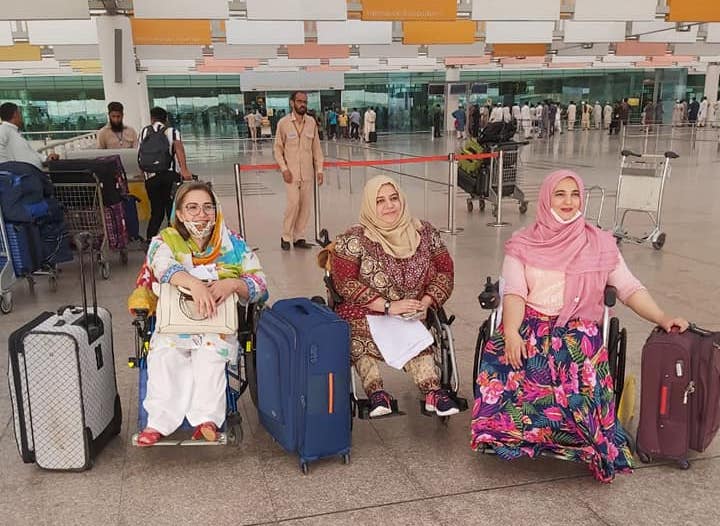
The Accommodation
We chose the Tolip El Galaa Hotel in Cairo which is close to the center. Prior to booking this hotel, we had to decide on whether to have three separate beds or two joined rooms. We even sent them our pictures to help the hotel staff understand the dimensions of our wheelchair for the bathroom door.
However, upon reaching the hotel we find out that the only large room available is a junior suite and we must pay extra for the upgrade. We explain that we wouldn’t have needed the large room if this situation was clarified to us beforehand, but it was too late and we were exhausted already. In the end, we paid the extra and went to our room. We call this the disability tax, as in any extra expense one has to bear because of disability. It’s a burden that falls on the person and not the system.
On the streets of Cairo
The streets of Cairo, with its chaotic traffic and endless energy, pose challenges we didn’t anticipate when we decide to explore the streets in our wheelchairs the next day.
We find that not all areas are suitable for us, so we try to book a taxi instead. Hailing a taxi becomes a complicated task because we need two—one for us and one for our wheelchairs. Instead, we book two Ubers. The drivers are friendly and helpful and fix a rate with us for the rest of our trip. We find this arrangement beneficial because they understand our needs and those of our wheelchairs.
Our first taste of Egypt comes through the National Museum of Egyptian Civilization, where we wheel our way through centuries of history, marvelling at ancient artifacts we have only seen in textbooks. Museums are not just a great place to begin our journey to grasp the culture of a place; they are also mostly wheelchair accessible and offer free entry for people with disabilities. The most fascinating part includes the mummified bodies of ancient rulers that are kept in the basement. Cameras are not allowed, and a single visit leaves us feeling intrigued.
Our second stop is the Pharaonic Village, which feels like stepping back in time to ancient Egypt, where we experience life as it was thousands of years ago through recreated scenes, live actors, and detailed exhibits. The village offers a fascinating boat tour that takes us through replicas of temples, tombs, and daily life in ancient Egypt. For wheelchair users, the Pharaonic Village is relatively accessible and offers free tickets for people with disabilities. We dine at the Tivoli Dome, a food court a short walk from our hotel. We enjoy rice, seafood, and a range of desserts, followed by Egyptian Kahwa (green tea). The breeze at night is blissful and relaxing and dining open air is a treat after a long day exploring new and old Cairo.
The Great Pyramid of Giza and the Khan el Khalili Bazaar
On the second day, we visit the Pyramids of Giza and it is awe-inspiring. We want to get closer to the pyramids but our cars are rerouted from another entrance where we are stopped for a long time as our wheelchair batteries are inspected.
After exploring the pyramids, we are now venturing into the labyrinthine Khan el Khalili bazaar. This is a place with sensory overload, which is both thrilling and exhausting, as we navigate through the narrow alleys filled with vendors calling out their wares. We stop by to negotiate, explore and purchase some souvenirs and clothes.
It is at this point that we realize that as much as we are seeing Cairo, the city is also looking at us. For many people around us, it is unbelievable to see three women in wheelchairs travelling by themselves.
For dinner, we prepare to treat ourselves to a Nile cruise dinner but the entrance is not accessible. Instead, we are being carried down a flight of stairs to enter the ship. Once inside, we are happy to see a smooth area where we enjoy a delicious buffet dinner complete with a traditional performance that captivates us and we don’t mind ‘shaking a leg’ making us forget, even if just for a while, the physical toll the day has taken. The dinner cost us $15 and it is totally worth it if one is okay being carried up and down in the wheelchair.
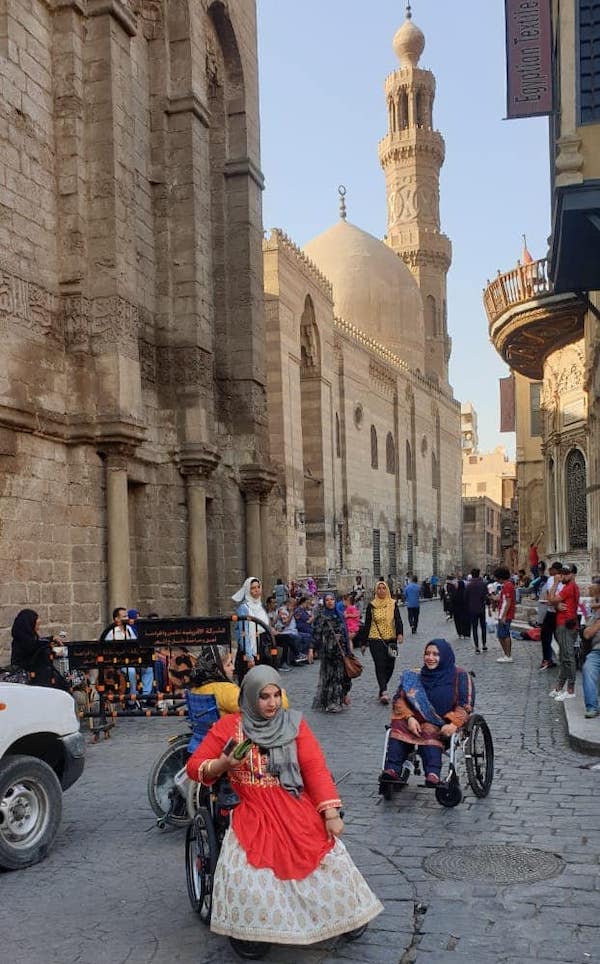
Day trip to Alexandria
As the days pass, we get better at supporting one another, whether it is holding each other’s bags, making sure batteries are charged, or just offering a shoulder to lean on when the frustrations of the day get too much. With this new sense of support towards each other, we plan a day trip to Alexandria, which is a three-and-a-half-hour drive from Cairo. We joined a group already heading towards Alexandria and put our wheelchairs in their van while we got another rented car to move with the van.
After indulging in a delicious seafood lunch at a Greek Club (White and Blue Restaurant) with a harbour view, we continue to the Qaitbay Citadel, a historic fortress that offers sweeping views of the Mediterranean and the bustling harbour. As the sun sets over the water, we cherish the unforgettable experiences of the day, encapsulating the enchanting charm and vibrant atmosphere of Alexandria, a city steeped in history and coastal beauty.
Sharm el Sheikh Resort
We check out from Cairo and head to the airport, as our journey continues to Sharm El Sheikh, a resort town where we hope to relax after the whirlwind of Cairo and Alexandria. For the next three days, we find ourselves relaxing on the beach. When the sand is not too wheel-friendly, we get down on the ground to move toward the water and feel its coolness. None of us has ever done this before and we play in the water at a beach for the very first time!
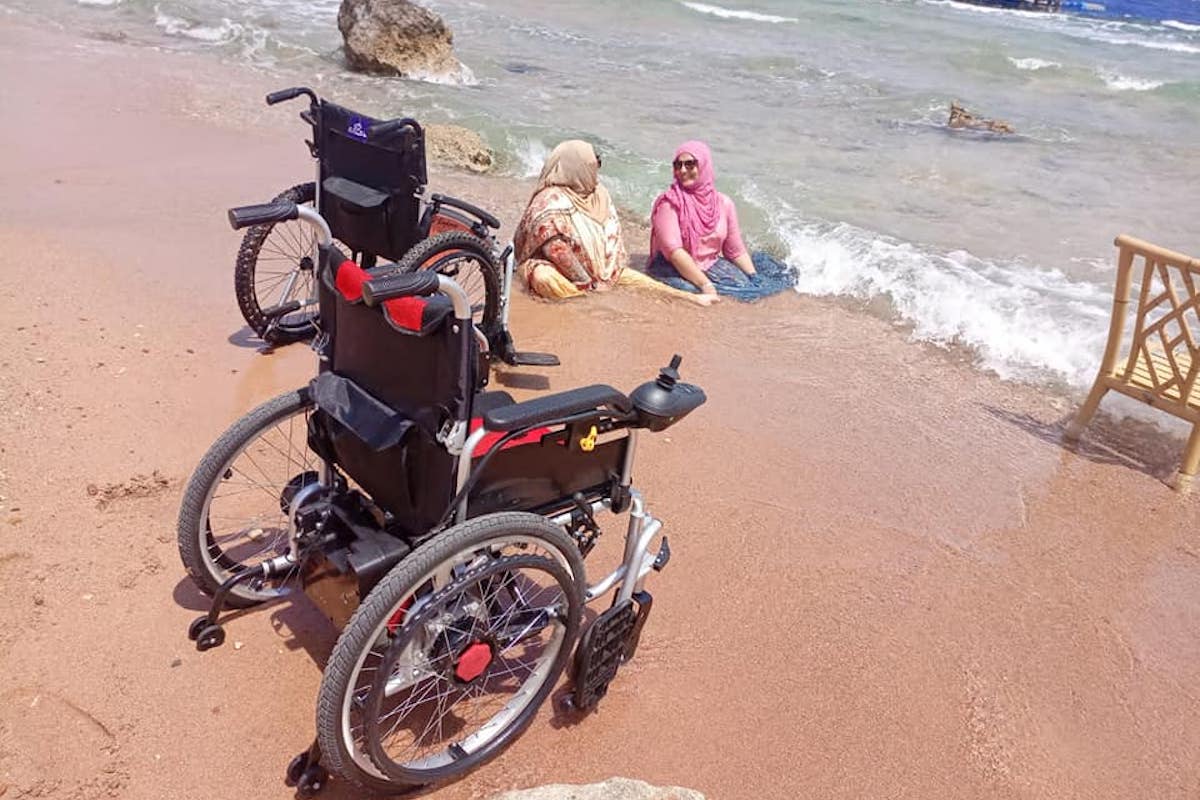
Can you travel to Egypt in a wheelchair?
As our adventure comes to an end, we return home to an unexpected reception—huge press coverage (like this article on Niche and this one on Arab News). Our trip has gained attention, perhaps because of the novelty of three girls in wheelchairs exploring a country not known for its accessibility. But beyond the headlines, what stayed with us were the lessons we learned along the way.
Travelling with a disability is always an adventure, but doing so with others who share that experience is a double adventure. We learned so much about ourselves, about friendship, and about facing the world with all its barriers—both seen and unseen. Egypt, with its ancient sands and delicious food, taught us that even in the most difficult moments, there is beauty to be found. It reminded us that overcoming fears isn’t just about tackling physical obstacles but also about embracing the journey with all its ups and downs. And most importantly, it showed us the power of helping and being helped, a lesson that will stay with us far beyond the pyramids and the Nile.
We had to rely on each other, navigating not just the historic sites and bustling streets but also the challenges that come with travelling to Egpyt in wheelchairs. My companions and I were determined to explore Cairo, Alexandria, and Sharm El Sheikh, learning along the way how to handle everything from folding the wheelchair to swapping batteries, all while embracing the unexpected.
More on Accessible Travel
Creating an Inclusive Travel World Where Everyone Belongs: Seven Things That Need to Change
With the growing demand for accessibility in the travel space, here are seven ways the travel industry can embrace a higher level of inclusion.
Accessible Adventures in Albania: An Off-Season Road Trip is Full of Surprises
A off-season road trip through the southern part of Albania showcases stunning coastal villages, ancient ruins, and picturesque landscapes.
Destin, Florida, an Undiscovered Gem on the “Emerald Coast”
Located on Florida’s west coast, Destin has evolved from a sleepy fishing village to a safe, accessible place for older women to enjoy white sand beaches and an active lifestyle.

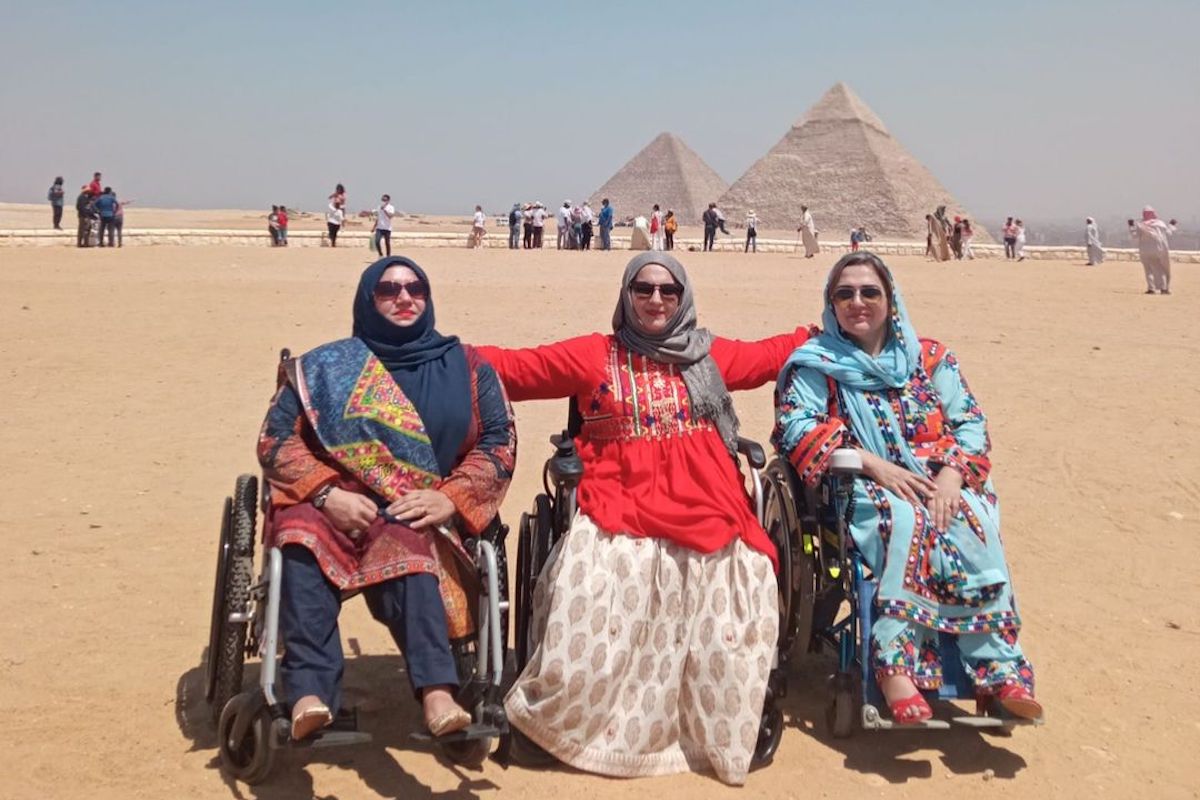



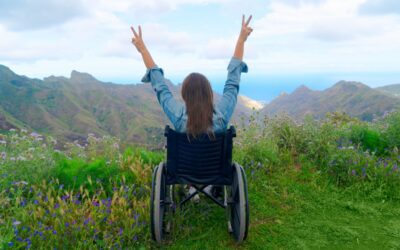


0 Comments
We always strive to use real photos from our own adventures, provided by the guest writer or from our personal travels. However, in some cases, due to photo quality, we must use stock photography. If you have any questions about the photography please let us know.
Disclaimer: We are so happy that you are checking out this page right now! We only recommend things that are suggested by our community, or through our own experience, that we believe will be helpful and practical for you. Some of our pages contain links, which means we’re part of an affiliate program for the product being mentioned. Should you decide to purchase a product using a link from on our site, JourneyWoman may earn a small commission from the retailer, which helps us maintain our beautiful website. JourneyWoman is an Amazon Associate and earns from qualifying purchases. Thank you!
We want to hear what you think about this article, and we welcome any updates or changes to improve it. You can comment below, or send an email to us at [email protected].